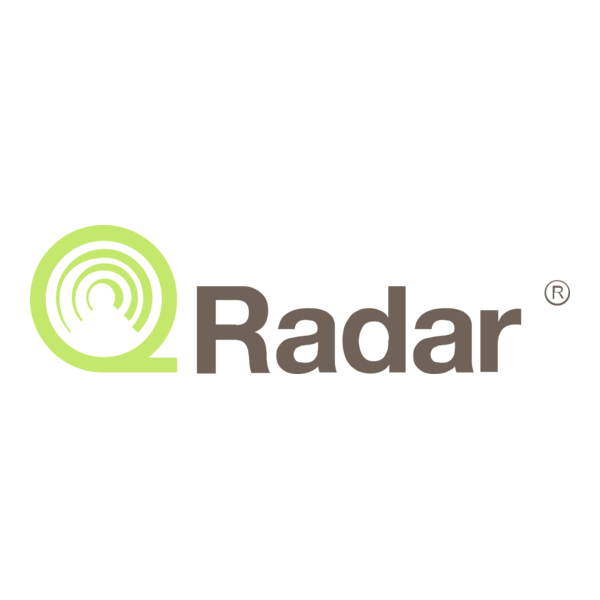## Pricing Analysis
Pricing often depends on the number of assets, IP addresses, or scans. Entry-level vulnerability scanners may cost a few thousand dollars annually, while enterprise-grade platforms that provide continuous scanning, agent-based monitoring, and remediation workflows can cost hundreds of thousands per year.
Beyond licensing, organizations should budget for tuning scans, reducing false positives, and integrating with ITSM or patch management tools. Advanced analytics, reporting capabilities, and dedicated support are usually offered at higher subscription tiers, making costs scale with complexity as much as with asset count.
## Quarterly Trends & News
| Theme | Update |
|---|---|
| **KEV-first patching** | Organizations prioritize remediation of vulnerabilities actively exploited in the wild. |
| **NVD enrichment delays** | Delays in U.S. vulnerability database processing force reliance on vendor advisories and private intelligence. |
| **EPSS v4 released** | The Exploit Prediction Scoring System gets updated to improve exploitation likelihood modeling. |
| **SBOM usage expands** | Software bills of materials (SBOMs) and VEX advisories help determine real exposure from vulnerabilities. |
| **Edge-targeting exploits** | Recent high-profile breaches leveraged unpatched edge devices (VPNs, firewalls), underscoring the need for rapid remediation. |
## Common Terms & Definitions
| Term | Definition |
|---|---|
| **KEV Catalog** | Authoritative list of known exploited vulnerabilities used to drive urgent patching. |
| **EPSS** | Exploit Prediction Scoring System that assigns likelihood of exploitation to vulnerabilities. |
| **ASM / CAASM** | External and internal attack surface management for discovering shadow assets. |
| **SBOM / VEX** | Software bill of materials and vulnerability-exploitability exchange formats that clarify actual exposure. |
| **Compensating Control** | Temporary safeguard that reduces risk until full remediation is possible. |




